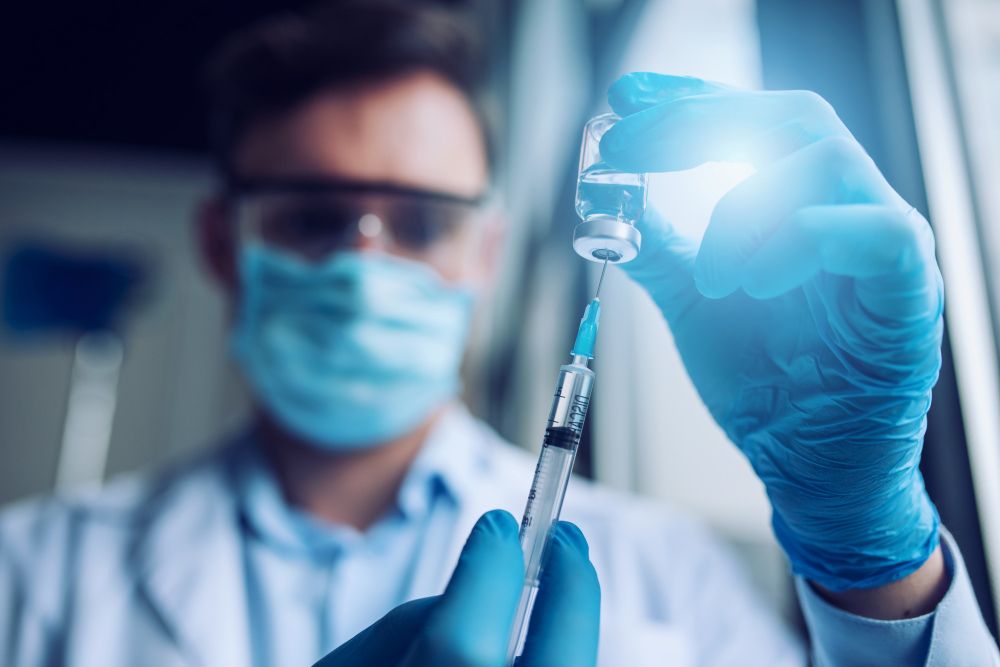COVID-19 Vaccines for Ages 5–11: Process of Vaccine Approval
Widespread vaccination against COVID-19 is paramount in preventing the continued spread of the novel coronavirus. Up until now, some 28 million Americans were ineligible for vaccination—specifically, elementary school-aged children.
Now, kids between the ages of 5 and 11 can receive an emergency child-appropriate dose of the COVID-19 vaccine to protect them from SARS-CoV-2 infection and help reduce community transmission.
Recommendations for Pediatric Populations
In a critical effort to ensure access to safe vaccines for pediatric populations, the Food and Drug Administration (FDA) recently...






